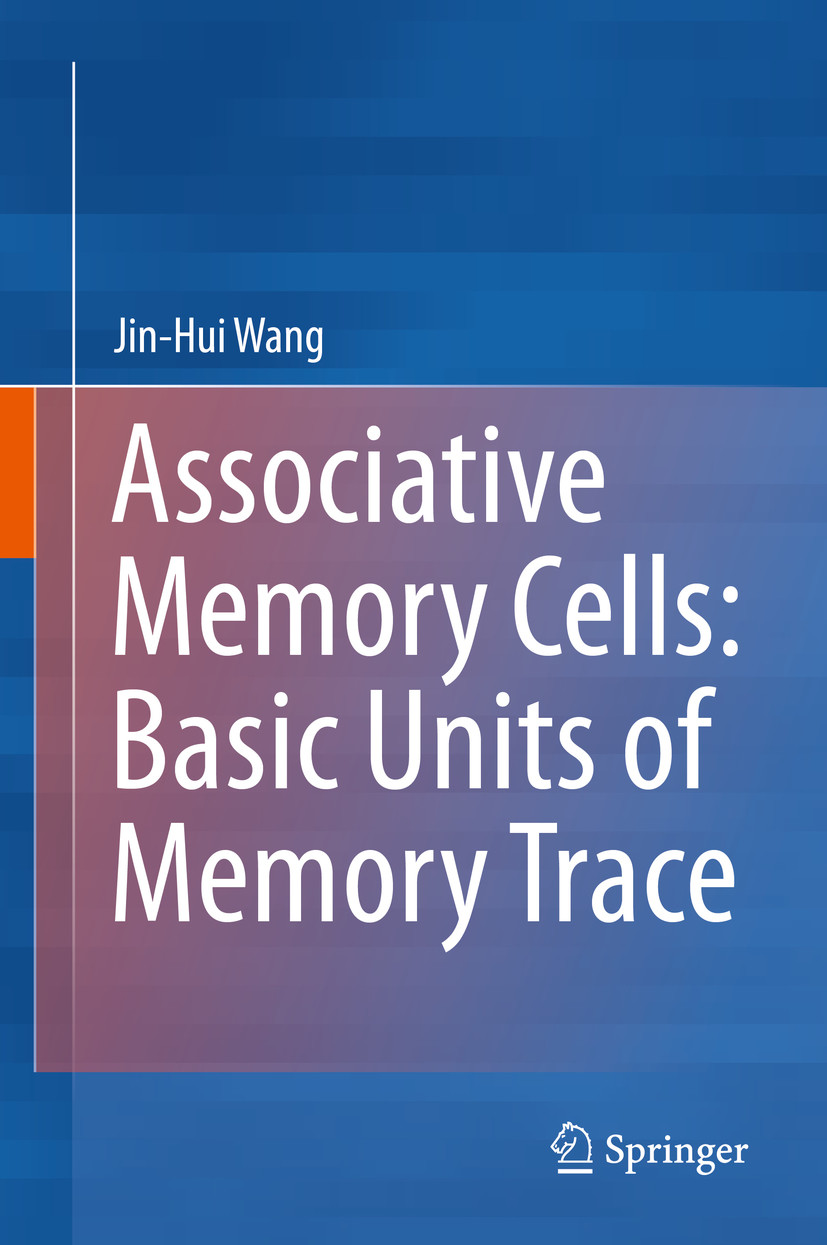This book focuses on associative memory cells and their working principles, which can be applied to associative memories and memory-relevant cognitions. Providing comprehensive diagrams, it presents the author's personal perspectives on pathology and therapeutic strategies for memory deficits in patients suffering from neurological diseases and psychiatric disorders. Associative learning is a common approach to acquire multiple associated signals, including knowledge, experiences and skills from natural environments or social interaction. The identification of the cellular and molecular mechanisms underlying associative memory is important in furthering our understanding of the principles of memory formation and memory-relevant behaviors as well as in developing therapeutic strategies that enhance memory capacity in healthy individuals and improve memory deficit in patients suffering from neurological disease and psychiatric disorders. Although a series of hypotheses about neural substrates for associative memory has been proposed, numerous questions still need to be addressed, especially the basic units and their working principle in engrams and circuits specific for various memory patterns. This book summarizes the developments concerning associative memory cells reported in current and past literature, providing a valuable overview of the field for neuroscientists, psychologists and students.
Wang Jin-Hui has received PhD from Shanghai Institute of Physiology, Chinese Academy of Sciences. After postdoctoral training in State University of New York and University of Texas, Wang has joined to University of Kansas as tenure-track assistant professor. Subsequently, Wang is appointed by Chinese Academy of Sciences as a distinguished professor. After being an independent researcher, Wang has found working principles of neurons and synapses about the conversion of inactive into active synapses, the conversion of irregular to regular transmission pattern at unitary synapse, homeostatic plasticity among subcellular compartments, spike amplification at axons as well as the functional compatibility between axonal branches and their postsynaptic partners. In terms of cellular architecture for learning and memory, Wang's group has discovered and identified associative memory cells as basic units in memory trace.
